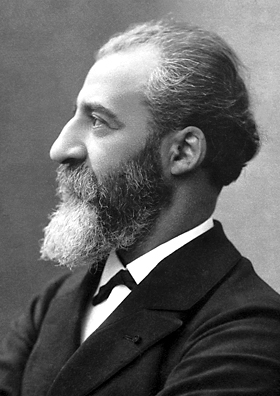
As one of the rare valuables, diamond has been regarded as a symbol of wealth. In the natural world, diamond is buried deep beneath the earth's surface. It is unique in that it is the hardest mineral.

As one of the rare valuables, diamond has been regarded as a symbol of wealth. In the natural world, diamond is buried deep beneath the earth's surface. It is unique in that it is the hardest mineral. This characteristic of diamond makes it widely used in society, in such things as jewelry, diamond drill, iron cutting, etc.
However, the rare diamond is far from meeting the huge demand. In 1893, the French Academy of Sciences announced an exciting piece of news: French chemist--Henri Moissan had developed synthetic diamond as an abrasive material. The news was so sensational that the whole world was shocked. Henri Moissan became an instant media focus, and he was regarded as the producer of huge wealth.
The great invention originated in a chemical lab. One morning when Moissan came to the lab to begin preparation for an experiment, he couldn't find an appliance that was mounted with diamond. His assistant thought that it might have been stolen, which turned out true. It suddenly occurred to Moissan that since natural diamond was so expensive, why not try making synthetic diamond? However, it was not easy. To make synthetic diamond, he had to understand the main constituent of diamond and how it was formed.
After referring to various materials, Moissan learned that the main constituent of diamond was carbon. As to how it was formed, there were few research results except for Debray's theory that diamond was formed under high temperature and high pressure. To make synthetic diamond abrasive, Moissan had to find raw materials for processing.
In a report concerning meteorolite research, an organic chemist and mineralogist said, "In fact, a meteorolite is an iron block that contains diamond crystals." It occurred to Moissan that graphite ore was also mixed with microscale diamond crystals. Then he wondered whether during the formation of meteorolite and graphite ore, if diamond could be made?
Thus began Moissan's assumption for synthetic diamond abrasive. The experiment was planned as : melting iron and mixing it with carbon in a high-temperature and high-pressure condition to see whether it could produce diamond.
With countless trial and error, Moissan succeeded in giving birth to synthetic diamond. Since then, synthetic diamond has been playing a crucial role in various parts of social life.